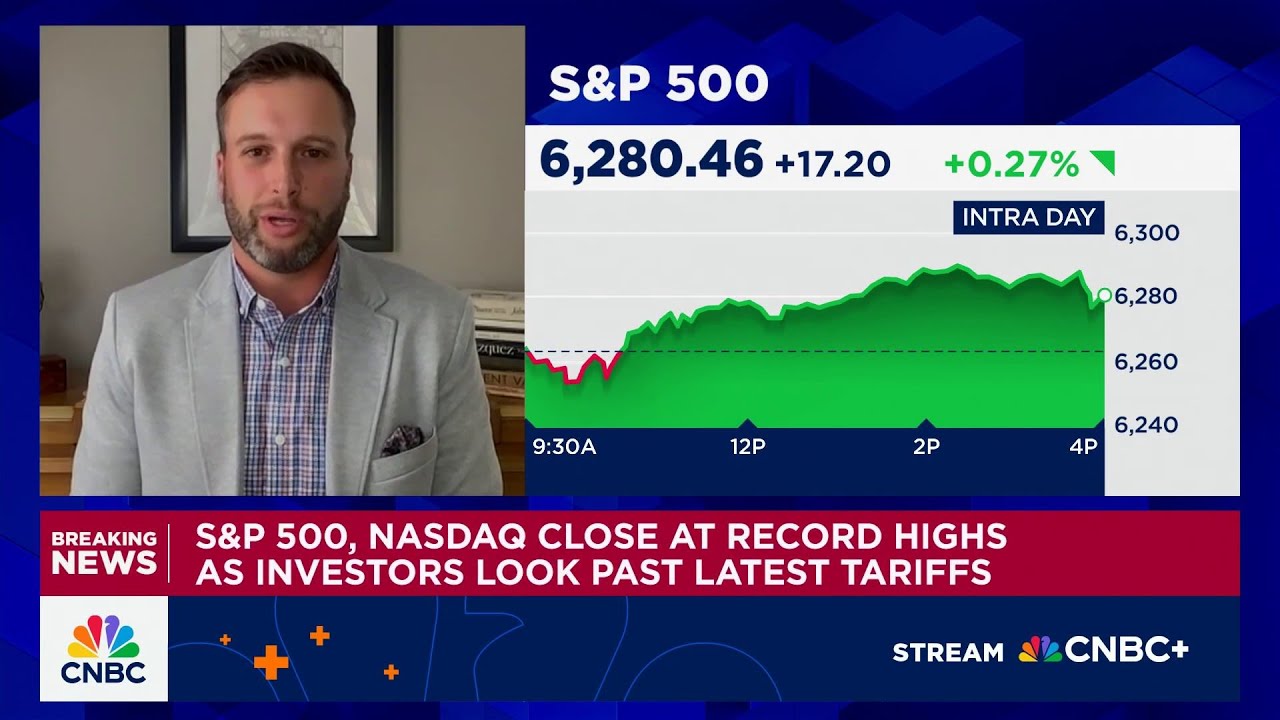Citi’s Drew Pettit expresses caution about the consumer discretionary sector’s long-term outlook despite recent strength, emphasizing that sustained growth requires supportive macroeconomic data and Fed rate cuts, which have yet to materialize. He highlights secular growth opportunities in AI, advocates a thematic, global investment approach, and expects market gains to depend on stronger earnings, cyclical sector contributions, and Fed support, while disagreeing with imminent rate hikes.
In the discussion with Citi’s Drew Pettit, he expresses caution regarding the consumer discretionary sector despite its recent strong performance. Pettit acknowledges that while consumer data has been holding up better than expected and the Federal Reserve’s communication has supported market optimism, the underlying fundamentals are not yet robust enough to sustain long-term outperformance. He emphasizes that for consumer sectors to continue thriving beyond a short-term tactical rally, both supportive macroeconomic data and Fed rate cuts are necessary, conditions that have not fully materialized.
When asked about current investment opportunities, Pettit highlights secular growth stories, particularly in the artificial intelligence (AI) space. He suggests that growth trades, especially those related to AI, still have potential and are not overly priced in the market. Pettit recommends considering AI-related investments outside the U.S. to complement established structural growth names within the U.S. equity index, indicating a global approach to capturing growth opportunities.
Regarding the consumer’s role in the second half of the year, Pettit confirms that consumer performance will be important for a bullish market scenario. He notes that the market’s recent momentum has been largely driven by growth stocks, and for the broader market to advance toward Citi’s optimistic target of 7000 on the S&P 500, stronger earnings growth and contributions from cyclical sectors, including consumer discretionary, are essential. He also points out potential headwinds such as inventory uncertainties and credit pressures on working-class consumers.
On the topic of geographic exposure, Pettit advises focusing on structural themes rather than specific regions. He highlights companies that improve quality and efficiency regardless of economic conditions, citing firms like SAP as examples of structural improvers that remain attractively valued. This thematic approach transcends geographic boundaries and aligns with long-term investment strategies centered on innovation and operational excellence.
Responding to JPMorgan’s Jamie Dimon’s warnings about tariffs and sticky inflation, Pettit disagrees with the likelihood of imminent Fed rate hikes, stating that Citi’s base case does not anticipate such moves and that a rate hike would surprise equity markets. He acknowledges that market sentiment is somewhat stretched and that earnings season will be critical. Pettit concludes that while Citi’s year-end S&P 500 target of 6300 implies limited upside from current levels, achieving this target does not necessarily require rate cuts, though a combination of Fed support, cyclical sector strength, and potentially higher valuation multiples would be needed for a more bullish outcome.
